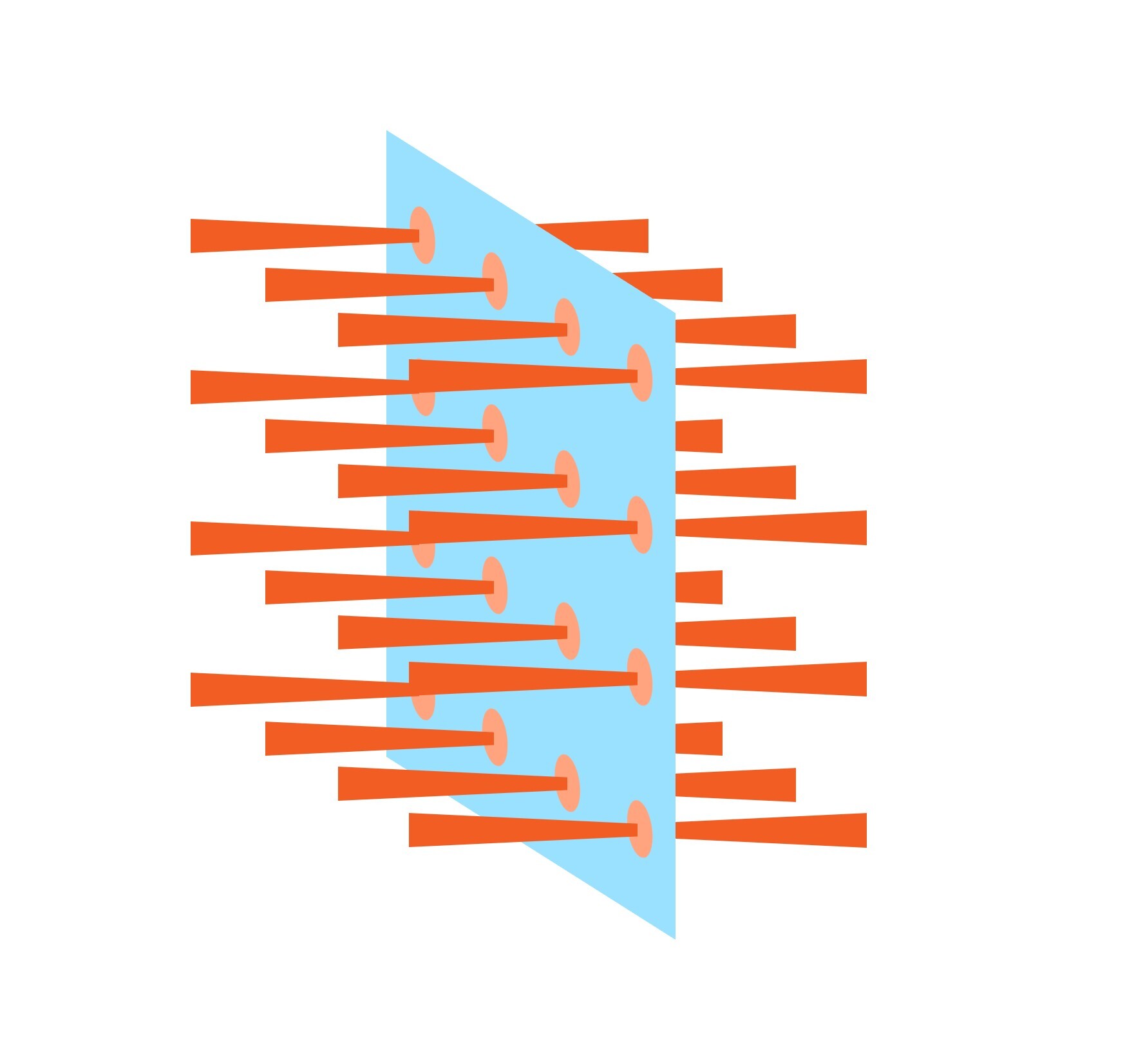
In recent months, researchers from different institutions won major physics awards for advancing optical tweezer arrays and their use in quantum information sciences.
These announcements drew broader attention to optical tweezer arrays, even in the physics community. At Atom Computing, however, they are always top-of-mind – optical tweezers are critical to our atomic array quantum computing technology.
What are optical tweezer arrays and how and why do we use them in our quantum computers? Dr. Remy Notermans, who helped develop the optical tweezer array for Phoenix, our prototype system, answers these questions and more.
What are optical tweezer arrays?
A single optical tweezer is a beam of light used to capture atoms, molecules, cells, or nanoparticles, hold them in place or move them as needed.
This is possible because light can attract or repulse a particle depending on the color (wavelength) of the light and the absorption properties (electronic energy level structure) of the particle. By choosing the right wavelength, a particle will be drawn or attracted to the region with the highest intensity of light, trapped in what is known as a potential well (the energy landscape in which an atom wants to go to the lowest point.)
An optical tweezer is created when a laser beam is focused through a microscope objective lens. As the laser beam gets focused it forms into a "tweezer" capable of holding miniscule objects and manipulating them in its focal point. Think of the tractor beam from Star Trek.
To create an optical tweezer array, the laser beam is manipulated before it is focused through a microscope object lens to create a custom-made array of optical tweezers that can be tailored to specific needs – topology, dimensions, and orientation.
Are optical tweezer arrays a new technology?
Optical tweezers have been used by researchers in the fields of medicine, genetics, and chemistry for decades. In fact, Arthur Ashkin, “the father of optical tweezers,” was awarded the Nobel Prize in Physics in 2018. Ashkin’s work dates to 1970 when he first detected optical scattering and the effect of different levels of force on particles the size of microns. He and some of his colleagues later observed a focused beam of light holding tiny particles in place – or optical tweezers.
More recent scientific work has expanded to actual arrays of optical tweezers, allowing for studying many particles simultaneously, biophysics research, and of course quantum information processing.
How does Atom Computing use optical tweezer arrays? What are the benefits?
Optical tweezers are critical to our atomic array quantum computing technology, which uses neutral atoms as qubits. We reflect a laser beam off a spatial light modulator to create an array of many optical tweezers that each “trap” an individual qubit. For example, Phoenix, our 100-qubit prototype quantum computer, has more than 200 optical tweezers created from a single laser. Each tweezer can be individually calibrated and optimized to ensure precise control.
Optical tweezer arrays enable us to fit many qubits in a very small amount of space, which means that scaling the number of qubits by orders of magnitude does not significantly change the size of our quantum processing unit. By integrating clever optical designs, we foresee a sustainable path toward atomic arrays that are large enough for fault-tolerant quantum computing.
In fact, optical tweezers inspired the Atom Computing logo. If you turn our “A” logo upside down, it is a visual representation of an optical tweezer holding an atom in a potential well.
Are optical tweezer arrays used for other purposes?
Yes, optical tweezer arrays have been used extensively by researchers in other scientific fields. They have been used by scientists to trap living cells, viruses, bacteria, molecules, and even DNA strands so they can be studied.
Has the work of the New Horizons Physics Prize winners influenced Atom Computing’s approach? If so, how?
We understand this is a fundamental part of the academic-industrial ecosystem, which is why Atom Computing is involved with many partnerships and funds academic research efforts that potentially help us propel our technology forward. Combined with the knowledge and experience of our world-class engineering teams, we take these breakthroughs to the next level in terms of scalability, robustness, and systems integration.